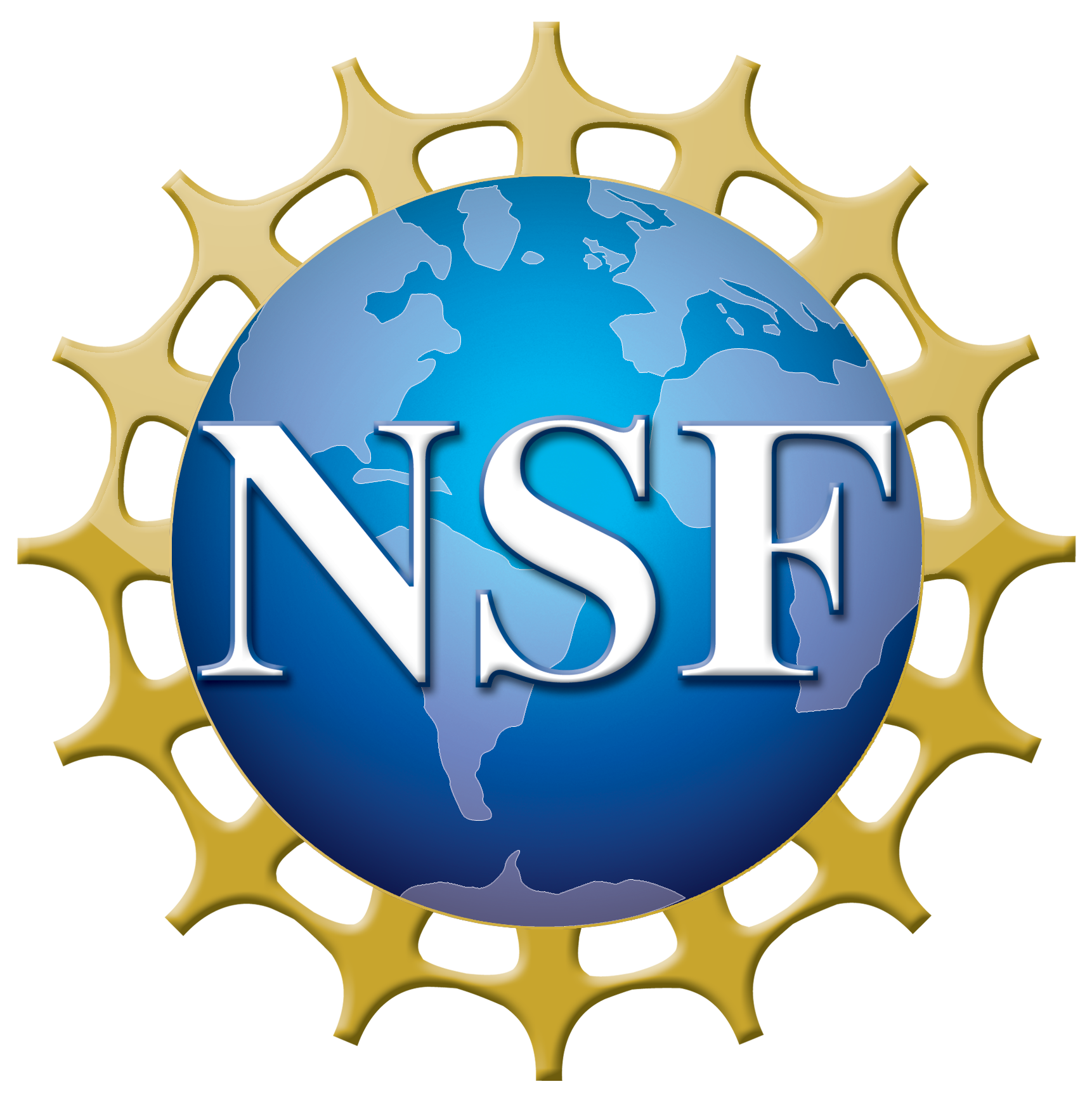Harnessing the Data Revolution
Harnessing data advances in systems biology to design a biological 3D printer: The synthetic coral
Funded by the US National Science Foundation

NSF Award Numbers
ABSTRACT
Corals are important natural resources that are key to the ocean’s vast biodiversity and provide economic, cultural, and scientific benefits. As a result of human activities, locally and globally, coral reefs are declining rapidly. The complexity of corals makes conserving and restoring reefs very challenging. Corals are made up of thousands of different organisms, including the animal host and the algae, bacteria, viruses, and fungi that coexist as a holobiont. Thus, corals are more like cities than individual animals, as they provide factories, housing, restaurants, nurseries, and more for an entire ecosystem. This project brings together experts in computer science, materials science, and biology to harness the data revolution in biology with machine learning to study how corals grow and function, when viewed as if they were manufacturing sites in the ocean. The study will focus on three key coral capabilities: (1) they create calcium carbonate skeletons that provide 3D structures for diverse sea life to live in, (2) they can heal damage to their tissues, and, (3) they live with the other organisms in a process called symbiosis. Through these remarkable abilities, corals can “print” resources for themselves and hundreds of thousands of other species, just like a 3D printer. The goal of this project is to understand these processes well enough to control them in the lab. This project may allow finding new ways to help coral survival, by deciphering the reasons why certain conditions damage them and find ways of repairing them. Furthermore, by synthetically growing corals, new types of materials may be identified for manufacturing. This project offers an opportunity to educate a diverse scientific workforce and the public by creating and disseminating the outcomes of a convergent research environment and will train postdoctoral researchers, graduate, and undergraduate students. Results of this research will be made available to the broader scientific community through web interfaces, peer-reviewed publications and workshops/conferences and shared with the public through outreach activities online, at schools, and public aquariums.
Through convergence of three disciplines, computer science, material science and biology, this project will provide a data-driven framework and toolset to learn from, control, engineer, and manufacture a combined form of living material, the “synthetic coral”, thereby opening new avenues for material synthesis and manufacturing. The research methodology will offer new analytical approaches to identify and quantify the parameters that govern coral growth and foster innovative new tools for controlling their growth. To understand the key functions of coral biology of biomineralization, wound healing, and symbiosis, this research will : (1) harness and analyze large amounts of coral ‘omics data to decipher critical molecules and their interactions for the aforementioned key functions, (2) experimentally validate the resulting predictions in coral individuals and cell lines, (3) manipulate the material properties of the calcium carbonate structures of the coral individuals and cell lines, and (4) test the biological and physical interactions in a network model of the “synthetic coral”. This project develops and integrates fundamental building blocks that are essential for an integrated computational and experimental validation system. Specifically, using machine learning, diverse data will be harnessed to identify physical conditions (e.g., surface characteristics), environmental conditions (e.g., temperature, pH), and key biological constituents (e.g., small molecule ligands and proteins encoded in the DNA) that are correlated to key structural and functional properties of the coral holobiont. These predicted conditions and molecules will be verified experimentally by perturbing individual coral nodes in a network of a 3D printed array of intact corals or their constituent cells and measuring their effects on the network of interactions and resulting structures. The results from this prediction-validation cycle will then be transferred back as input to manufacture novel adaptive materials fully embracing the organic/inorganic interface.
